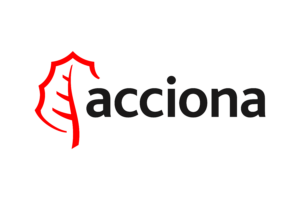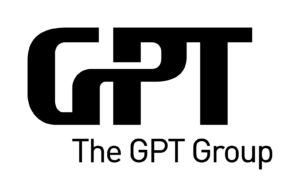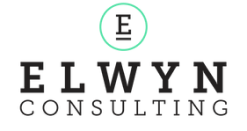Data is one of the most valuable resources for any business, particularly in the digital age. Regardless of industry or size, companies generate and store vast amounts of data, from market insights and customer details to financial records and statistical information.
However, when a company grows and evolves and is planning on moving from one system to another,data migration is an essential process that enables a business to securely move its data.. But doing it well requires you to have a data migration strategy.
What are the benefits of a data migration strategy and framework?
A well-executed data migration strategy can significantly streamline and assist the work stream and associated activities, by guiding and positioning the business and articulate the required undertakings and conceptual approach.
A data migration strategy and supporting framework are critical to providing a timely and high-quality outcome.
What is a data migration strategy?
The purpose of an overarching data migration strategy is to provide a conceptual understanding and logical approach to transitioning the relevant data from the various legacy systems (your current state) to the new system (future state solution).
The migration approach is refined as each migration cycle improves the accuracy and quality of the data migration. As great as it would be, it’s essential to understand that it can’t be perfect from day one.
The key principles of a good data migration strategy include:
- A clearly articulated outcome that is auditable, transparent, and repeatable.
- A well thought out plan of how available tools and resources will be maximised during the data migration process.
- A defined approach for each data object that is expressed in a business context.
- An understanding of how migrated data can be executed post cutover.
What is a data migration framework?
An underlying framework is needed to drive your data migration strategy and define and shape the end-state requirements. Data migration can be time-consuming and tedious, but it’s essential to ensure a business achieves its goals. Fortunately, data migration frameworks can make this process much easier.
A data migration framework is a structured process used to deliver a data migration project. A successful framework will automate and streamline the data migration process, making it faster, smoother, and more accurate.
What should a data migration framework contain??
A data migration framework should include the following:
- Scope
- Approach
- Resources and support required
- Repetition (Cycles):
- Source Extraction
- Mapping/Transformation
- Load
- Reconciliations
As you can see, a data migration strategy and supporting framework are needed to deliver your data migration in a timely and efficient manner and ensure your data will be easily accessible and accurate.





